- Do + See
- Dine + Host
- Give + Join
- Educate + Learn
Meet Ruth Law: “Queen of the Air”: Flying and Fashion in the 1910s
By Ann Glasscock, Associate Curator
“Man can do nothing with an aeroplane that women cannot do equally as well,” Ruth Law declared shortly after her record-breaking non-stop flight from Chicago to New York in November 1916.[1] Law flew 590 miles in her Curtiss Model D “Headless Pusher,” breaking the record set by Victor Carlstrom. The press asked, “You’ve made the longest flight a woman ever made, haven’t you?” She replied, “I have made the longest flight an American ever made.”[2] Throughout her career, Law made it clear that she preferred the term aviator over aviatrix, noting that machinery knows no sex.[3] Law, one of the first female pilots in the United States, challenged society’s expectations of what women could do and what they should wear.
During Law’s record-breaking flight, she wore a masculine-looking outfit consisting of two woolen suits under two leather suits, a face mask, goggles, wool cap, leather helmet, and wool-lined gloves and boots to protect her at high altitudes and high speeds (fig. 1). After she landed, one reporter said she looked like a “naughty little boy” in her flannel shirt and wool cap. Law later discussed her victory as well as her attire. She apologized for her clothes, noting that she “felt at home in them, and she believed that women would soon come to know that the prettiest clothes were those in which they were the most comfortable.”[4]

Figure 1. Pilot Ruth Law in Heavy Flying Clothing, 1916. National Air and Space Museum Archives, Smithsonian Institution, NASM-SI-2007-8692

Figure 2. William Preston Mayfield (American, 1896–1974), Ruth Law in Her Wright Model B Biplane, 1915, gelatin silver print. Collection of Randle and Cristina Egbert
At a 1915 event at Cincinnati’s Coney Island, Law looked particularly comfortable in a wool-lined dark blue satin blouse with matching knickerbockers, a pair of lace-up knee-high leather boots, and a tight-fitting cap (fig. 2). A pearl necklace added a bit of glamor to her ensemble.[5] Law’s outfit likely was inspired by a flying suit designed by the aviator Harriet Quimby. Dissatisfied with the garments available, Quimby found a tailor to help her make a one-piece suit, with a hood, made of wool-lined purple satin. The breeches could even be converted into a skirt upon landing. Law must have seen the appeal of an ensemble that projected her femininity and protected her against the elements.
In 1917, Law returned to Cincinnati in her Curtiss biplane. In addition to performing before a large crowd at the Speedway, officials arranged for her to lecture on aviation and to help enlist recruits for the First Ohio Regiment, which she did while wearing her khaki service uniform (fig. 3).[6] Law, a non-commissioned officer, was the first woman to wear an Army aviation uniform during WWI. In 1922, Law retired from flying, but she continued to inspire future generations of aviators.[7] Learn about more women like Law in the Taft’s fall exhibition Sporting Fashion: Outdoor Girls 1800 to1960.

Figure 3. Ruth Law in Military Uniform, 1917. National Air and Space Museum Archives, Smithsonian Institution, NASM A-5532
Sporting Fashion Highlight
Piloting ensemble, 1930s. Photo: Brian Davis © FIDM Museum, courtesy American Federation of Arts
Fay Gillis, the ascendant fashion editor of Airwoman, remarked in 1934, “Women flyers, even when piloting open planes, now prefer their regular sports clothes to coveralls as a rule.” This wool and suede outfit—with leather and leopard fur skullcap and mittens by Abercrombie & Fitch—matches a recommendation by Women’s Wear Daily in 1938 for “slacks and mannish jackets” when aloft.

[1] “Women to Fly for Pleasure,” Cincinnati Post, November 24, 1916, 13. Low fuel forced Law to land short of Governors Island, just south of Manhattan. Instead, she landed some 300 miles away in Hornell, New York, arriving at her original destination a day later.
[2] “Ruth Law Lands Here from Chicago in Record Flight,” New York Times, November 21, 1916, 1–3.
[3] Fred Erisman, In Their Own Words: Forgotten Women Pilots of Early Aviation (West Lafayette, IN: Purdue University Press, 2021), 43.
[4] “Ruth Law Ends Her Flight Here,” New-York Tribune, November 21, 1916, 7.
[5] When up in the air, she also would have worn a heavy sweater and goggles.
[6] “Woman Flier to Help First,” Cincinnati Post, May 2, 1917, 11.
[7] “Ruth Law Quits Air,” Cincinnati Enquirer, February 24, 1922, 11.
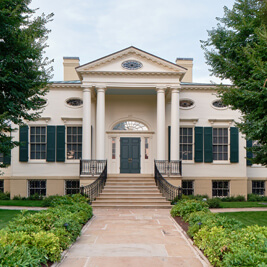
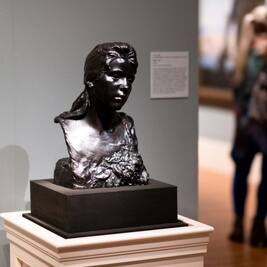
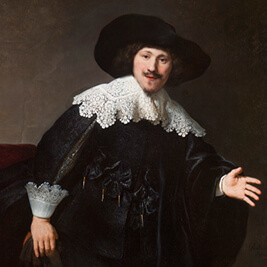
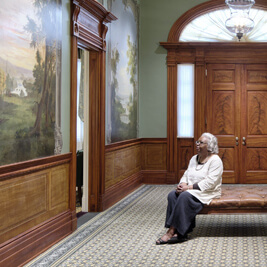

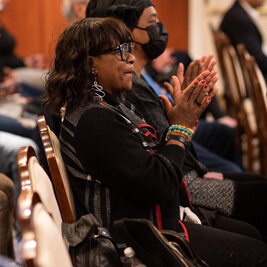
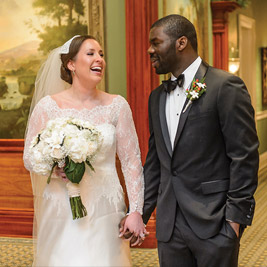
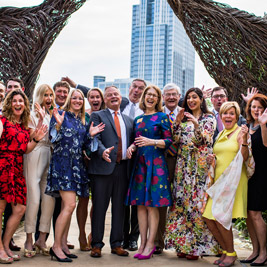
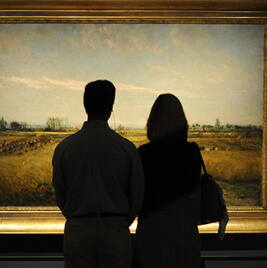
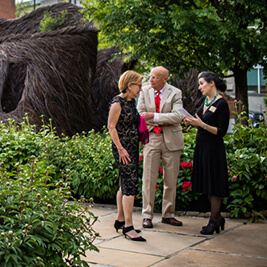
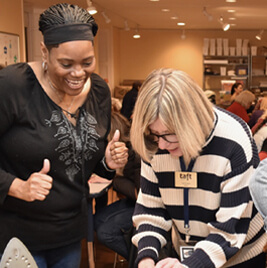
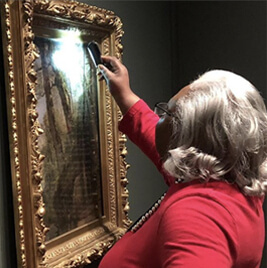
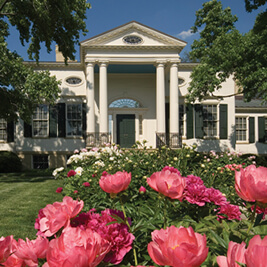
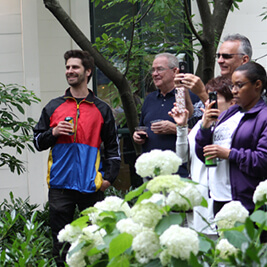
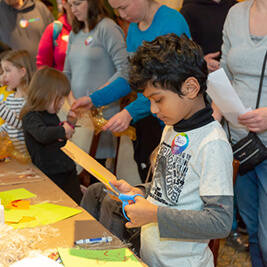
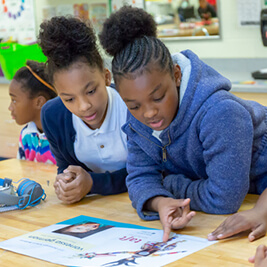
About the author
Ann Glasscock, Associate Curator
Ann Glasscock has been a part of the curatorial team of the Taft Museum of Art since 2018. Specializing in decorative arts and furniture, she contributes to various aspects of the museum’s operation, including curating exhibitions, conducting research, and reinterpreting objects in the permanent collection. Prior to the Taft, she worked for the Chazen Museum of Art in Madison, Wisconsin, Chipstone Foundation in Milwaukee, and the Philadelphia Museum of Art. She also spent several years in the auction house field and worked as a specialist in the Silver & Objets de Vertu and English & Continental Decorative Arts departments at Freeman’s in Philadelphia.
In 2019, Glasscock received a doctorate from the University of Wisconsin–Madison where she completed her dissertation “Hudson Roysher: Silversmith, Designer, Craftsman,” which explores Roysher’s participation in the revival of ecclesiastical silver in postwar America. Glasscock earned a bachelor’s from Indiana University–Bloomington, master of letters from Christie’s Education London, and a master’s in art history from Temple University. She also attended the Attingham Summer School and the Dresden International Academy for the Arts.